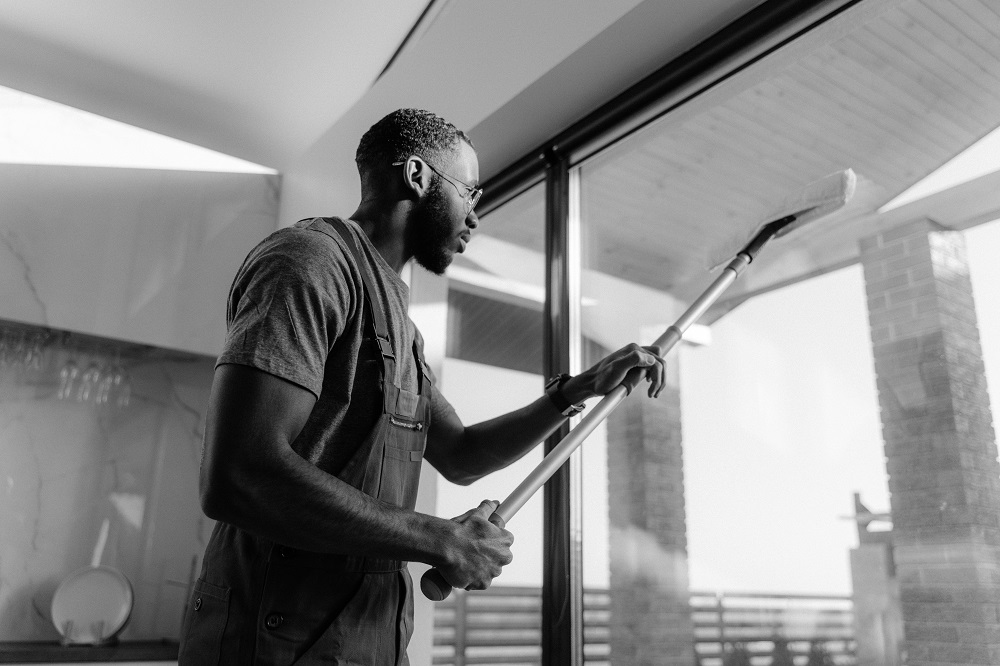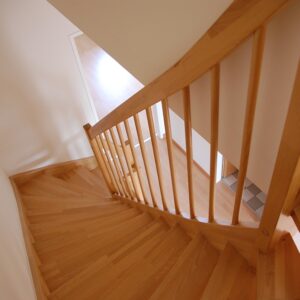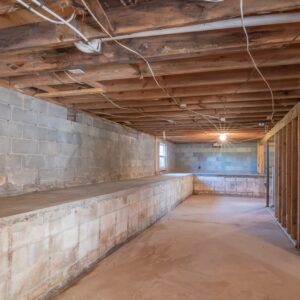Photo by Tima Miroshnichenko
Historic homes possess a unique charm and character that captivates homeowners and enthusiasts alike. Owning a piece of history comes with the responsibility of preserving its architectural integrity, while also ensuring that the home meets the demands of modern living. Modernizing a historic home requires a delicate balance between preservation and necessary upgrades. In this article, we will explore the challenges and considerations involved in preserving the heritage of a historic home while incorporating modern amenities and conveniences to create a harmonious blend of the past and the present.
Understanding the Significance of the Historic Home
Before embarking on any modernization project, it is essential to understand the historical significance of the property. Research the home’s architectural style, historical context, and any notable past residents. By understanding the home’s history, you can gain insights into its unique features and elements that are worth preserving.
Additionally, consider consulting with local historical preservation organizations or experts to ensure that your modernization plans align with the guidelines for preserving historic properties in your area.
Assessing the Structural Integrity
The first step in modernizing a historic home is to assess its structural integrity. Before making any cosmetic upgrades, ensure that the foundation, walls, roof, and major structural elements are sound. Engage the services of a qualified inspector or structural engineer to evaluate the home’s condition thoroughly.
Preserving the structural integrity of a historic home is crucial to its longevity and historical significance. Address any necessary repairs or upgrades to ensure the home remains stable and safe for future generations.
Identifying and Preserving Architectural Details
Historic homes often boast intricate architectural details that reflect the craftsmanship of a bygone era. Elements such as original moldings, ornate woodwork, stained glass windows, and decorative features contribute to the home’s historical character.
When modernizing a historic home, it is vital to identify and preserve these architectural details whenever possible. Restoration experts can often repair and refurbish original elements to maintain their authenticity. Retaining these features not only enhances the home’s charm but also adds value to the property.
Adapting Layout and Functionality
Historic homes may have layouts that were practical for the time in which they were built but may not suit modern living requirements. Adapting the layout and functionality of the home is one of the primary challenges in modernization.
Consider the needs and lifestyle of your household when reimagining the home’s layout. While respecting the historic floor plan, you can make subtle modifications to improve flow, increase natural light, and create spaces that cater to contemporary living standards.
Integrating Modern Systems and Technology
Preserving the historic charm of a home doesn’t mean sacrificing modern comforts. To make the property more functional and energy-efficient, consider integrating modern systems and technology discreetly.
Upgrade electrical, plumbing, and HVAC systems to meet current safety standards and energy efficiency requirements. Installing smart home technology can enhance convenience while minimizing the impact on the home’s historical features.
Choosing Sympathetic Materials and Finishes
When updating a historic home, the choice of materials and finishes is crucial in maintaining its authenticity. Opt for high-quality materials that complement the home’s original style. For example, choose period-appropriate flooring, wallpapers, and paint colors to preserve the historic ambiance.
Modern materials with historic aesthetics, such as composite roofing shingles that mimic the look of traditional slate or wood, can be excellent alternatives when authentic materials are not feasible or cost-effective.
Renovating Historic Kitchens and Bathrooms
Kitchens and bathrooms are areas where modernization is often necessary to meet contemporary standards. However, it is essential to approach these renovations with sensitivity to the home’s historic character.
Incorporate modern fixtures, appliances, and storage solutions while preserving or replicating period-appropriate details. For example, integrate a modern kitchen island with a design reminiscent of a historic worktable or install a clawfoot tub in a bathroom with vintage-inspired tile patterns.
Enhancing Energy Efficiency
Historic homes may have lower energy efficiency due to their construction methods and materials. Enhancing the home’s energy efficiency is not only environmentally responsible but can also result in long-term cost savings.
Replace old windows with energy-efficient models that maintain the historic appearance while providing better insulation. Insulate walls, floors, and attics to reduce heat loss and improve climate control.
Landscaping and Exterior Preservation
The exterior of a historic home is a significant part of its charm and identity. When modernizing the landscape, aim to maintain the original character while addressing issues like overgrown vegetation, deteriorating pathways, or drainage problems.
Preserve the home’s historic façade by repairing or restoring original siding and trim. Avoid drastic changes to the exterior, as they can compromise the home’s historical significance.
Modernizing a historic home is a labor of love that requires a delicate balance between preservation and upgrades. Understanding the historical significance of the property, preserving architectural details, and respecting the original layout are crucial in maintaining its character. Incorporating modern amenities and energy-efficient technologies ensures that the home meets contemporary living standards without compromising its heritage.
By approaching the modernization process with sensitivity and careful planning, you can create a harmonious blend of the past and the present, transforming a historic house into a cherished home for generations to come.
Generated by ChatGPT




